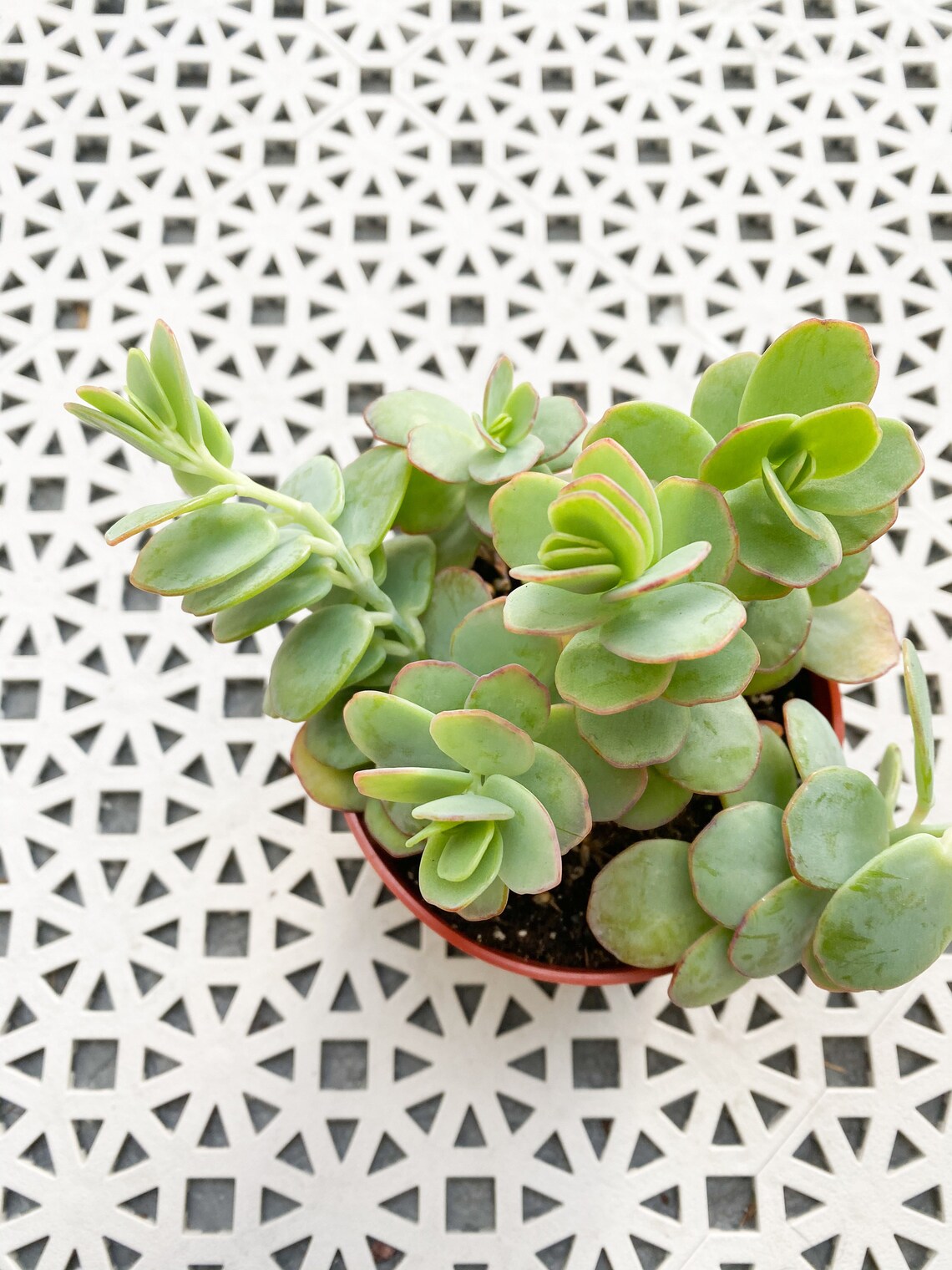

Senecio mandraliscae, or Curio repens, is a succulent plant species native to South Africa’s Western Cape province.Ĭommonly referred to as blue chalk sticks or blue fingers, the plant has an ornamental look and vibe. Keep reading to learn more about these succulents and what renders them suitable to grow in Texas and states that fall in a similar climate zone. Other succulent plant varieties you can consider include Agave, Aloe, Euphorbia tirucalli, Sedums, Opuntia, and Kalanchoe thyrsiflora. The best succulents to grow in the warm climate conditions of Texas are Aeoniums, Senecio mandraliscae, Sempervivum, Crassula ovata, Cereus, and Echinocereus. Texas, Florida, Arizona, etc., feature among the country’s warmest regions therefore, ideal for growing succulents. States such as North Dakota, Maine, and Minnesota are known for their cold climate.
#Curio repens full
This little blue succulent demands attention. The foliage consists of short cylindrical stems. It typically reaches 6-8 inches tall and can spread up to 1-2 feet wide. Use Senecio serpens around rocks or in a pot in combination with other plants. This succulent requires a well-draining substrate and full sun. When exposed to a lot of sun and heat, the tips of this plant turn purple.America is a massive country geography-wise, and the climate varies a great deal across its length and breadth.

Cut a leaf or stem to a length of 6 inches. In most cases it is not necessary to immerse the leaf or stem in rooting hormone. But, if you want you can do it.
#Curio repens how to
You can propagate blue chalk sticks using leaf or stem cuttings. Read the following on how to propagate blue chalk sticks:

I know that at first it will look a bit ugly, but you will notice how soon new shoots will emerge. Do not throw the cuttings from the stem, they can be put in the ground, where they will take root and grow into new plants. As needed, remove the bottom leaves from the stems you want to propagate so the stems can be inserted properly into the ground or containers.ĭo not water for several days after pruning to avoid the formation of fungus. How to Prune Blue Chalk Sticksīlue chalk sticks grows up to 18 to 24 inches. You can prune your succulent to make it look dense. Do it in late summer. How to Fertilize Blue Chalk Sticksįertilize 3 to 4 times in its growing season (early spring to fall). When fertilizing, use half the recommended dose. Like all succulents, Senecio mandraliscae requires well-drained soil that is not very rich in organic matter. Location and Soilīlue chalk sticks thrives best in full sun. They are happy to receive direct light for 6 to 8 hours. You can also grow it in partial shade, although it won’t do as well.Ĭold temperatures can cause damage or even death to the plant. You can keep it alive during the colder months by moving it indoors or by covering it with a layer of mulch. Reduce watering during the winter. Just water enough to prevent your succulent from wilting. If you grow it in pots, allow the substrate to dry completely between watering sessions. Pour water until it flows out from the drain holes. Generally, watering once a week is sufficient. Check that the soil is not damp before watering. Senecio mandraliscae tolerates drought quite well, so it does not require a large amount of water. Using too much water can lead to root rot and pest problems. Senecio mandraliscae or blue chalk sticks is one of my favorite succulents in landscapes. Without a doubt, the most striking thing about this plant is its blue color. It can be used as a cover and to add texture to the garden. Combine it with any orange plant to bring out the contrast of colors. Common Name: Blue chalk sticks, Blue Senecio.4.1 Dwarf Blue Chalk Sticks : Landscape Value.


 0 kommentar(er)
0 kommentar(er)
